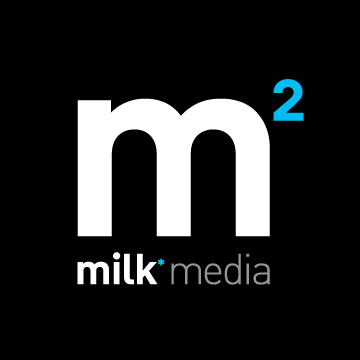08 Sep Identifying mobile moments
Consumers in general are surprising. Smaller purchases are impulsive by nature or emotionally driven to fill a need. More and more I feel we should have majored in psychology and not marketing. Data can help guide us though, but only if we are prepared. Its been my experience that most organizations cannot keep pace with advanced technology and often times find themselves chasing things that don’t exist.
For some organizations we speak with, this technology puts major strain on the years of infrastructure they have been building. What I find lacking in some of the new tech in marketing, is our lack of vision to show real business outcomes and long term financial benefits. Instead we focus on the shiny new toy right out of the box.
This article by Google sums up basic logic quite nicely when it states we don’t go online anymore. We live online. That moment in the article is a time when everyone should pause and think about that. Consumers can and will find what they want, when they want it, and if we don’t, we will by the next best thing or nothing at all. Thats where the “in the moments” thinking presented here must be thought about well in advance by a brand team or marketing agency.
Here are my steps to finding those moments and how to use your agency partner:
1. Know how your products are used, not just internally, but through real examples. To do this, have your agency or brand team pretend to be actual customers in your target and video tape the usage of the product or service. This to me is a better use of time than trying to fine tune a creative brief.
2. Decide the financial commitment to producing content well ahead of time to avoid surprises. Tell your agency or team you have $50k to produce the content and want to spread the cost out over 3 months.
3. Make sure to produce relevant informative content in the context of the user, not the marketing team. Odds are the marketing team is not the target audience and will over complicate the story to make it extremely boring.
4. Emphasize the story you are telling in all 3 phases, and produce it in a modular fashion to get the most bang for your buck. This way you can prioritize the message and then recut as needed.
5. Be ready in the moment does not mean you need to do something half ass today just to have something out there. Producing in less than stellar creative communication will likely yield little to no return.
6. Use digital tools to manage and share your content. Properly label and identify your content very specifically so you know what the usage is and what the desired outcomes are. If you sell mens clothing, the content and desired outcomes should be geared to specific aspects of what you sell, down to a product SKU level. This allows you to leverage everything you have and produce relevant informative information at each phase of the buyers journey and real-world usage.
If you want to learn more or for a free phone evaluation call us at 203.851.1100.
Example:
Product: Mens Fall Sweater Styles
I want to buy moment:
- Man is headed back to work after labor day weekend. Realizes he can use some new sweaters for fall and winter.
- He spots a few styles he likes on people he passes in the street, at work and in articles he is reading online.
- While checking out some items at his standard go to retailers (lets say GAP) he doesn’t quite see the color he likes, but nails down a style and learns the name of the style. In this case, a textured Henley Sweater.
- A few days go by. He has been busy at work, and not 100% focused on this purchase.
- It’s in that time frame when this consumer is going to make a decision. He is either going to invest more time in finding other styles in which now he will analyze and benchmark Henley Sweaters from other clothing retailers, he may end up buying a close enough product from the GAP, or he may abandon the purchase all together. All information we cannot know as marketers, we can simply try and influence.
- When this consumer revisits the topic, he might be in bed browsing Facebook. This is where you triumph the moment. This consumer, through his recent behaviors has left a footprint providing marketers some insight into who this consumer is. You have recently completed a photo shoot of the fall 2015 clothing line and have created a variety of static advertisements. One of which is using the carosel photo ad placement in Facebook newsfeed highlighting the Henley Sweater collection.
- Your brand has now entered into the running for this consumer. What happens next is totally up to you.
- Factors that now will effect the outcome of this sale are:
- Does the price point line up with the consumers mindset
- Does the product come in the color/material i wanted
- Is it easy for me to shop from my phone and get all the information i need
- Does the product photography relate to what I should expect when I receive the item or is there something more left to be desired
- Is the site quick to react to my actions
I can keep going into the full user experience, but I will stop here for now. This is already a lot of information to digest, but a basic example of how to prepare for the future of any organization that has something to sell.


